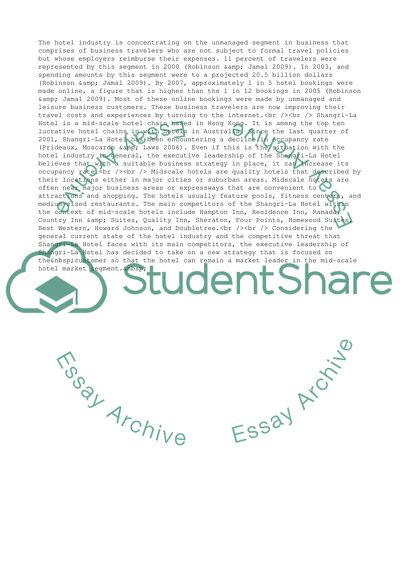Cite this document
(Planning Research in Hospitality and Tourism Case Study, n.d.)
Planning Research in Hospitality and Tourism Case Study. Retrieved from https://studentshare.org/management/1741670-literature-review-in-tourism-and-hospitality-research-and-analysis
Planning Research in Hospitality and Tourism Case Study. Retrieved from https://studentshare.org/management/1741670-literature-review-in-tourism-and-hospitality-research-and-analysis
(Planning Research in Hospitality and Tourism Case Study)
Planning Research in Hospitality and Tourism Case Study. https://studentshare.org/management/1741670-literature-review-in-tourism-and-hospitality-research-and-analysis.
Planning Research in Hospitality and Tourism Case Study. https://studentshare.org/management/1741670-literature-review-in-tourism-and-hospitality-research-and-analysis.
“Planning Research in Hospitality and Tourism Case Study”. https://studentshare.org/management/1741670-literature-review-in-tourism-and-hospitality-research-and-analysis.


